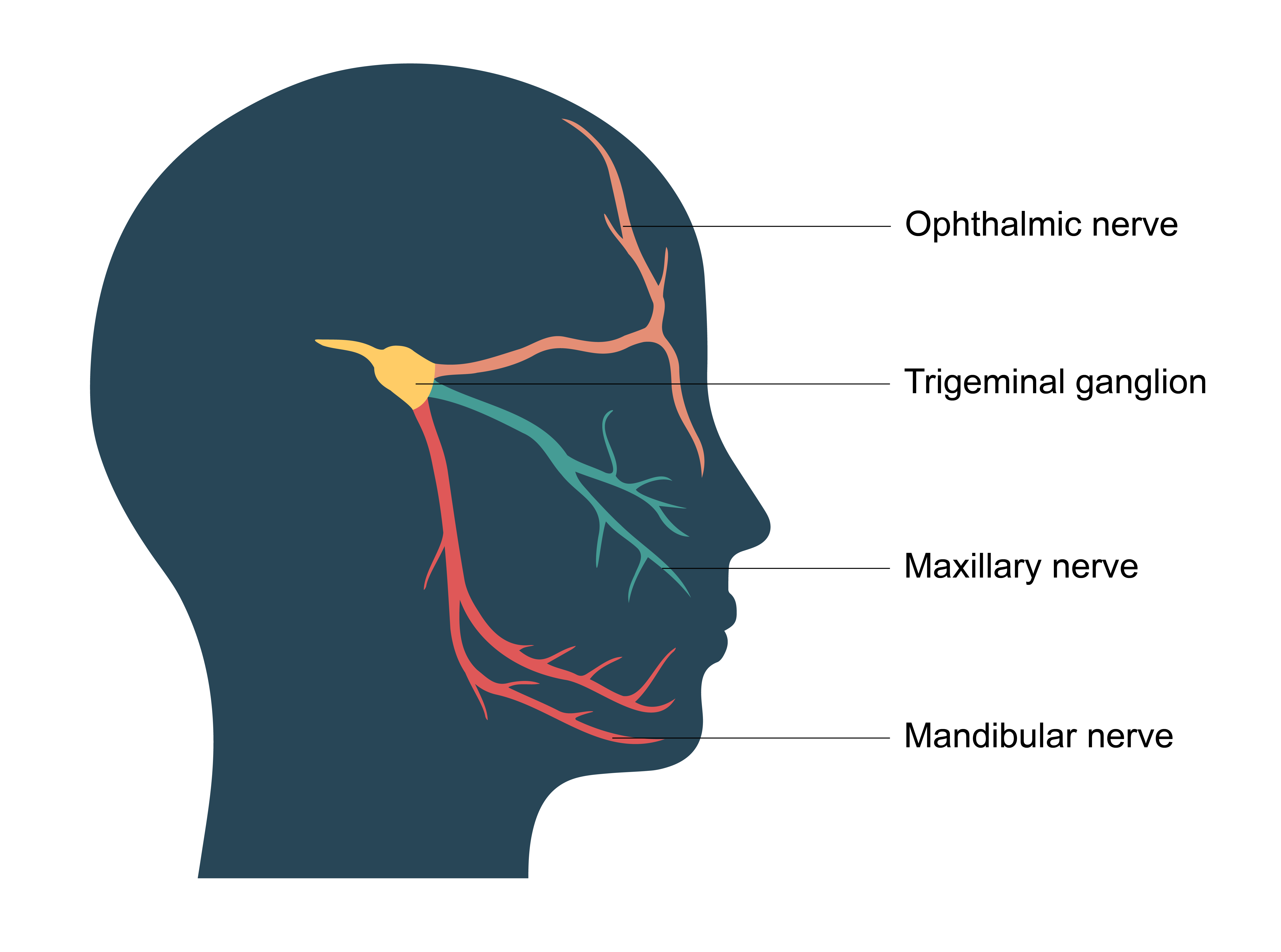Trigeminal Neuralgia (TN) is a neurological disorder characterized by intense and sudden facial pain, often described as one of the most excruciating pains known to medicine. Despite its rarity, TN profoundly impacts the lives of those affected, creating a unique and challenging journey filled with uncertainty and resilience.
The Anatomy of Trigeminal Neuralgia:
At the core of Trigeminal Neuralgia lies the trigeminal nerve, responsible for transmitting sensations from the face to the brain. When this nerve misfires or experiences compression, it sends intense signals of pain to the face. The pain is typically unilateral and can affect any of the three branches of the trigeminal nerve, leading to searing pain in the forehead, cheek, jaw, or around the eyes.
Demystifying the Pain Episodes:
Trigeminal Neuralgia pain is often triggered by seemingly ordinary activities, such as brushing teeth, talking, or even a light breeze against the face. These triggers can set off sudden and debilitating episodes that last for seconds to minutes. The unpredictable and recurrent nature of these attacks not only causes physical anguish but also takes a toll on the mental and emotional well-being of individuals with TN.
The Impact on Daily Life:
Living with Trigeminal Neuralgia is a constant balancing act, as individuals strive to manage pain while continuing with daily activities. Simple tasks like eating, drinking, and maintaining oral hygiene become monumental challenges. The fear of triggering an episode can lead to social withdrawal and the avoidance of situations that may worsen the pain, significantly impacting the overall quality of life.
Challenges in Diagnosis:
Diagnosing Trigeminal Neuralgia is often a journey in itself, as the symptoms can be mistaken for other facial pain conditions. The elusive and intermittent nature of the pain can make it challenging for healthcare professionals to capture the episodes during examinations. Patients may undergo numerous tests and consultations before receiving a conclusive diagnosis, adding to the frustration of the journey.
Treatment Odyssey:
The quest for effective treatment is another aspect of the TN journey. Medications such as anticonvulsants like pregabaline 75 mg and nerve blocks are often the first line of defense. However, the effectiveness of these treatments varies among individuals, and side effects may pose additional challenges. For those who do not find relief with medications, surgical interventions like neurovascular decompression or gamma knife radiosurgery may be explored.
The treatment journey requires a delicate balance, as individuals work closely with their healthcare providers to manage pain while minimizing potential side effects. The trial-and-error nature of finding the right treatment adds an extra layer of complexity to the journey.
The Emotional Landscape:
Beyond the physical pain, Trigeminal Neuralgia deeply affects the emotional well-being of individuals. Living with chronic pain can lead to feelings of isolation, anxiety, and depression. The constant fear of when the next episode will strike can create a sense of vulnerability and uncertainty about the future. Mental health support becomes an integral part of the journey, helping individuals cope with the emotional toll of TN.
Conclusion:
Trigeminal Neuralgia is more than a medical condition; it is a profound and intricate journey of pain, resilience, and adaptation. Understanding the physical and emotional aspects of this journey is crucial for healthcare professionals, friends, and family members alike. By shedding light on the multifaceted nature of Trigeminal Neuralgia, we can foster empathy, support, and a collective effort to improve the lives of those navigating the challenging path of TN.






